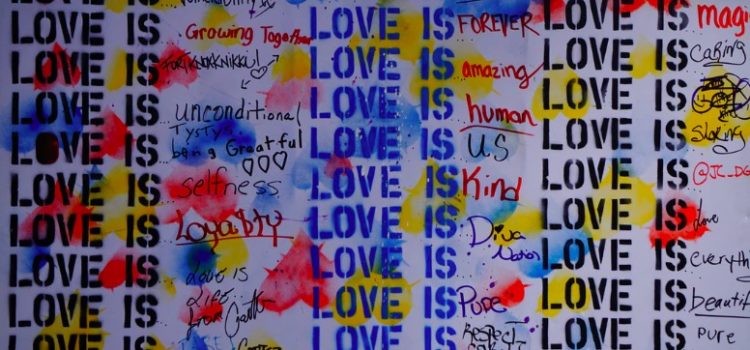

This article is an excerpt from the Shortform book guide to "The Master Guides: Maintaining a Happy Relationship" by Shortform. Shortform has the world's best summaries and analyses of books you should be reading.
Like this article? Sign up for a free trial here.
What love language does your partner primarily speak? How can you tell when you’ve identified it correctly?
If you want to build and maintain a healthy relationship, you must understand your own needs and your partner’s needs. One way to do this is to understand the various love languages, identify which ones you and your partner speak the most, and then communicate accordingly.
Read more to learn Gary Chapman’s advice on how to know your partner’s love language and use it well.
Understand Your Love Languages
In The 5 Love Languages, Gary Chapman agrees that having an emotionally fulfilling relationship depends on understanding both your needs and your partner’s. He argues that you need to understand your love languages.
Chapman contends that the way you understand love depends on your love language—the types of actions or behaviors that make you feel the most loved. But, since there are five love languages, you may speak a different language than your partner. Communicating love through different languages is like trying to have a conversation in English with someone who only speaks Italian. Chapman offers advice on how to know your partner’s love language so you can help them feel loved.
According to Chapman, the five languages of love are Words of Affirmation, Quality Time, Receiving Gifts, Acts of Service, and Physical Touch.
Words of Affirmation are words or phrases you say to your partner to make them feel good about who they are and what they do. These words can be compliments, words of encouragement, remarks that express kindness, or those that signify your faith in them.
Quality Time is time dedicated to being with your partner without distractions. A person with this language wants to simply be with their loved one. The activity is secondary to the act of being together. Time may mean engaging in meaningful conversation, participating in an activity that they like, even if you don’t, or having dinner together without watching TV or using electronic devices.
Receiving Gifts is when you interpret being given a gift as a symbol of love. A gift equates to thought, and to a person with this love language, that thought is felt as love. The type of gift is less important than the effort to procure it and the desire to give it.
Acts of Service are things done to make life easier for your partner. Whether you remove a burden from their life, help out, or provide space for them to do something, these acts of service will tell a partner with this language that they and their time are respected.
Physical Touch is intimate contact. Touches can be large or small and intimate or casual. The most important thing to learn about a partner who speaks this language is their specific preference for touch.
Tips for Identifying Someone’s Love Language
According to Chapman, you can identify your love language by reflecting on what makes you feel most loved, what makes you feel hurt or unloved, and how you treat your partner.
To identify your partner’s love language, self-help expert Jack Canfield offers three tips in The Success Principles:
1. Listen to what they ask of you. What people ask for can reveal the ways in which they prefer to be loved or appreciated. For example, if someone asks you for a hug, that might be an indication that their love language is Physical Touch.
2. Watch how they behave with other people. People tend to speak in their own love language, so observing how they treat others could reveal how they want to be treated. For example, if someone is quick to offer kind words or compliments to others, that could be a sign that their preferred love language is Words of Affirmation.
3. Note their complaints. What people complain about can reveal how they feel underappreciated and how they’d prefer to be appreciated instead. For example, if someone shares that they felt disappointed when their spouse didn’t bring them a gift from a work trip, it may indicate their love language is Receiving Gifts.
You can tell you’ve identified someone’s love language when they respond favorably to what you did. But, figuring it out can take time. For example, someone’s love language might be Acts of Service, but they may prefer someone cooking them a meal rather than cleaning their house. Be persistent in asking questions, and keep trying until you get it right.

———End of Preview———
Like what you just read? Read the rest of the world's best book summary and analysis of Shortform's "The Master Guides: Maintaining a Happy Relationship" at Shortform.
Here's what you'll find in our full The Master Guides: Maintaining a Happy Relationship summary:
- Advice from top relationship experts on how to maintain a happy relationship
- How to sustain both emotional and physical intimacy
- How to handle conflict so it doesn't ruin your relationship






